Panzer VI Ausf E (Tiger I).
History, development, service, specifications, statistics, pictures, video and 3D model of the German heavy tank.
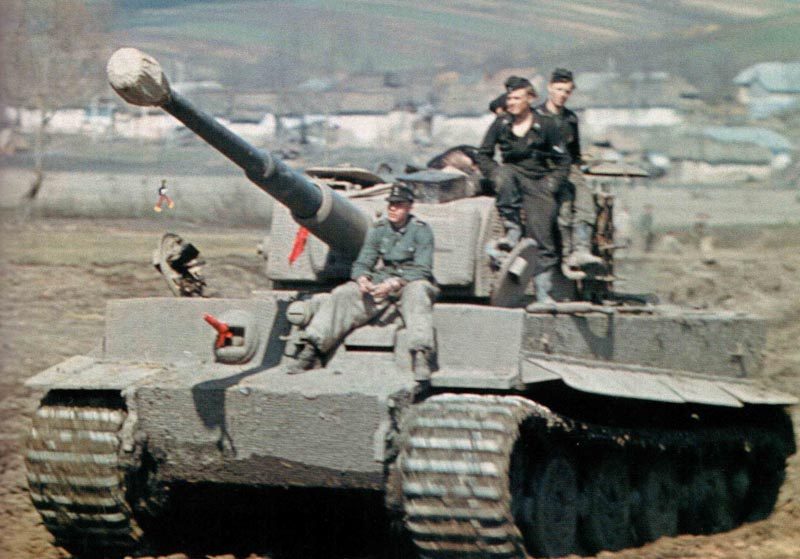
Pzkpfw VI Tiger I Ausf E
Table of Contents
Pzkpfw VI Tiger I (Ausf E, Sdkfz 181)
Typ: German heavy tank.
The German Tiger I tank, officially designated as Panzerkampfwagen VI Tiger Ausf. E, was a heavy tank used by Germany during World War II.
Overview
Development: Designed in 1941 and first deployed in 1942.
Weight: Approximately 57 tons.
Crew: 5 members (commander, gunner, loader, driver, and radio operator).
Main armament: 8.8 cm KwK 36 L/56 gun.
Secondary armament: Two 7.92 mm MG 34 machine guns.
Armor: Thick armor plates, up to 100 mm on the front.
Engine: Maybach HL230 P45 V-12 700 HP engine.
Speed: Maximum speed of about 38 km/h (24 mph) on roads.
Production: About 1,347 units were produced between 1942 and 1944.
Combat effectiveness: Highly effective in combat, especially at long ranges.
Weaknesses: High fuel consumption, mechanical reliability issues, and difficulty in production and maintenance.
Impact: Despite its limitations, the Tiger I had a significant psychological impact on Allied forces and influenced tank design for years to come.
Notable battles: Employed in various theaters, including the Eastern Front, North Africa, and Western Europe.
The Tiger I was renowned for its firepower and armor protection, making it one of the most feared tanks of World War II. However, its complex design and high production costs limited its overall impact on the war effort.
History
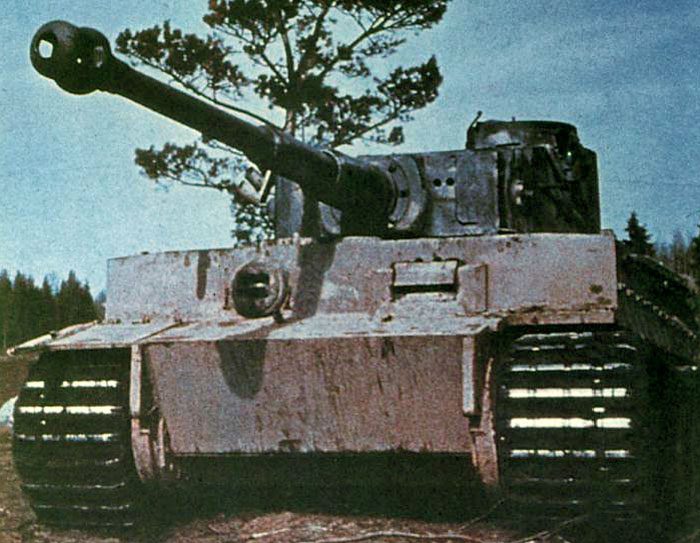
As far back as 1938 the Wehrmacht had realized that the Panzer III and Panzer IV tank would need to get replaced by a modern-day model a while later on.
Numerous prototypes were designed by a few German manufacturers, but none was put into manufacturing. At the start of 1941 an acquisition had been set with Henschel for a 36-ton tank named the VK 3601 which was recommended to have the greatest speed of 25 mph (40 km/hr), fine armor thickness and a strong weapon. A model of this tank was produced, but additional work was ceased as the demand was set in May 1941 for a 45-ton tank referred to as VK 4501.
The order to design the VK4501 (H), later known as Tiger tank, was issued on 26 May 1941. Henschel und Sohn, of Kassel, were to develop the chassis. Krupp was to develop the turret for both the VK4501 (H) and the VK4501 (P). Rheinmetall also developed a turret for the VK4501 (H) to mount the 7.5 cm KwK L/70, but it never advanced beyond the prototype stage. Lessons learned in the development of the VK3001 and VK3601 were beneficently applied to the design of the VK4501 (H). Production was planned to start in July 1942, with 285 to be completed by 12 May 1943, in time for the proposed the summer offensive of this year.
When the Porsche model VK4501 (P) production was halted, the VK4501 (H) production order was increased by 50 to make up for the loss. The manufactured Porsche Tigers were later converted to the heavy tank destroyer ‘Elefant’ (Elephant) or ‘Ferdinand’ after the first name of Dr Porsche.
Production finally began to start slowly in August 1942. At the time of its introduction, the Tiger I tank the strongest of all forces, because its 88 mm gun was extremely effective, and the armor so strong that no shot from normal combat distance could penetrate it.
The Tiger I was replaced in 1944 by the King Tiger tank (Tiger II). Until August 1944, 1,300 Tiger I were built, which is not much when you consider the impact on Allied combat morale, which they had acquired by then.
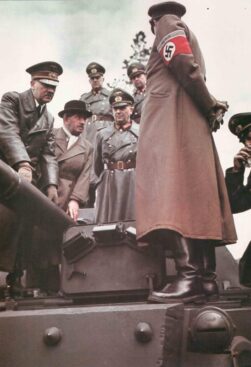
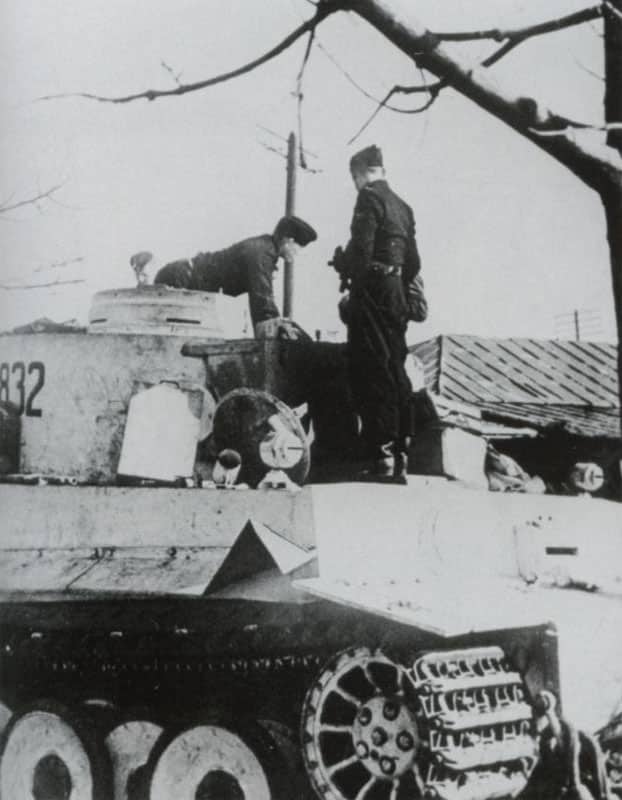
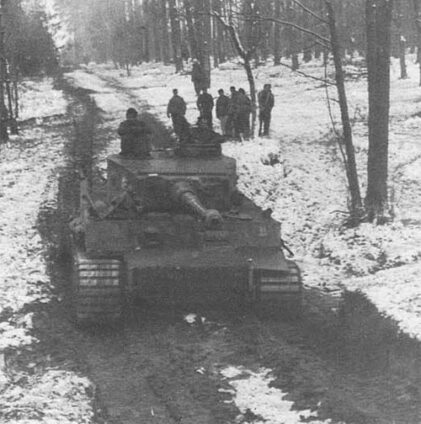
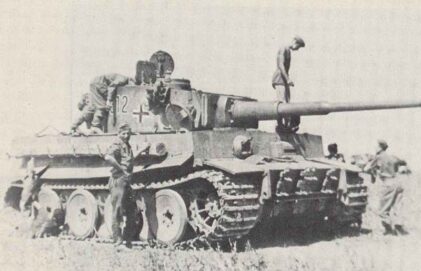
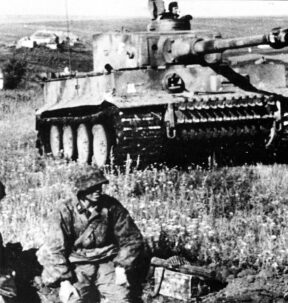
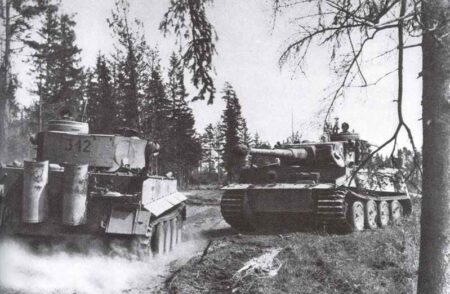
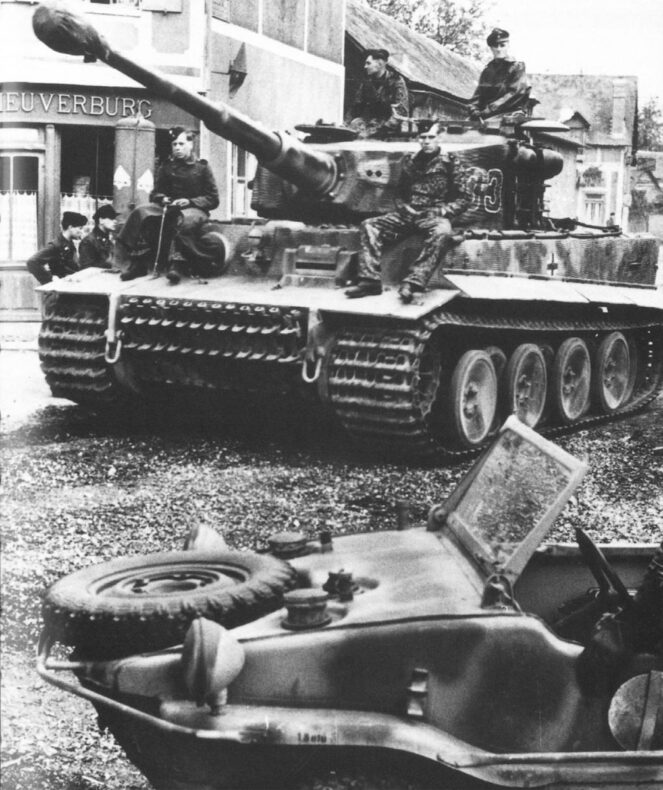
Specific features:
The Pzkpfw VI Tiger had eight sets of interleaved road wheels with torsion bar suspension to support its 57 tons. The hull and superstructure were welded together, with the superstructure extending over the tracks to allow the installation of a wide turret. The 8.8 cm KwK36 was mounted coaxingly with a MG34 in the external gun mantle. The turret was formed from a plate bent to the shape of a horseshoe.
Originally, the turret had two machine-pistol ports in the rear, and a cylindrical cupola with vision slits. In December 1942, the right-hand pistol port was replaced by an escape hatch, and in July 1943, the cupola was replaced by a newer design with periscopes. In May 1943, the automotive performance was improved by the installation of the HL230P30, and in January 1944, new steel-tyred, rubber-cushioned road wheels replaced the dished type.
As the Wehrmacht designed a lot more potent tanks with higher protection (Tiger) or mobility (Panther), they have nevertheless taken care of all the fire control functions from previously types. Even more than the armor on these tanks, it had been the fire control performance that made these tanks so deadly, especially at long-range or medium fire range.
Yet within the firepower parameter lies one of the most important secrets of true combat capability.
Eighty-four Tiger tanks were equipped as ‘Pz Bef Wg’ (command vehicles) mit 8.8 cm KwK L/56′. These had additional radio sets, which reduced ammunition stowage to 66 rounds for the 8.8 cm and 4,050 rounds for the machine-guns.
Additional there was the Sturmtiger, which was re-built from not recoverable destroyed Tiger tanks, with a new superstructure installed with a 14.96-inch (38 cm) Type 61 rocket-launcher with restricted traverse. Just ten Sturmtigers were built.

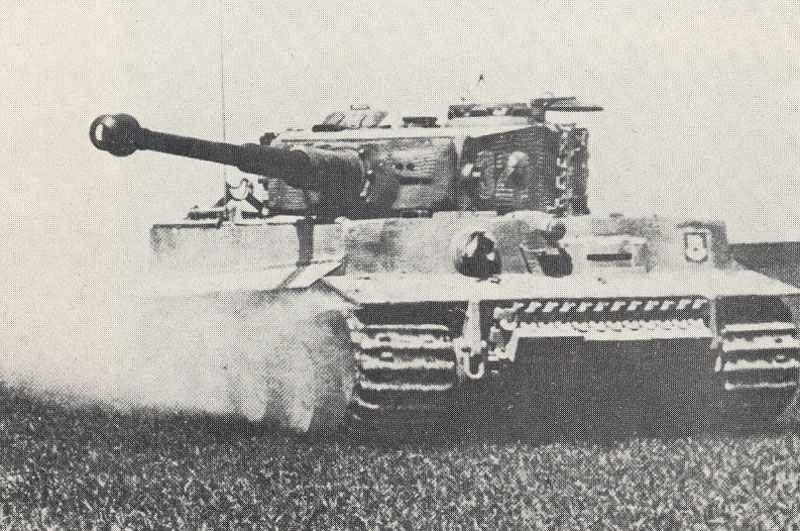
Video from Tiger I tank

References and literature
Encyclopedia of German Tanks of World War Two (P.Chamberlain, H.L.Doyle)
Kraftfahrzeuge und Panzer der Reichswehr, Wehrmacht und Bundeswehr (Werner Oswald)
Krieg der Panzer (Piekalkiewicz)
Operation Barbarossa: the Complete Organisational and Statistical Analysis, and Military Simulation, Volume I – IIIB (Nigel Askey)
Panzer und andere Kampffahrzeuge von 1916 bis heute (Christopher F. Foss, John F. Milsom, Colonel John Stafford Weeks, Captain Georffrey Tillotson, Richard M. Ogorkiewicz)
The Encyclopedia of Weapons of World War II (Chris Bishop)
Operation Goodwood: July 1944 – A Corridor of Death (P.Moore)
Tigers in Combat I + II (W. Schneider)
Sledgehammers: Strength and Flaws of Tiger Tank Batailions in WWII (C.W.Wilbeck)
Elefant – Jagdtiger – Sturmtiger (Wolfgang Schneider)
Tiger tanks (Michael Green)



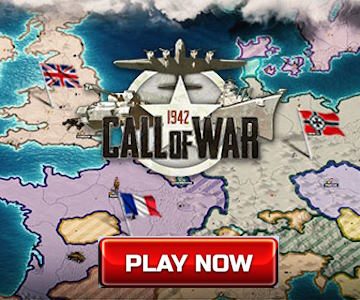
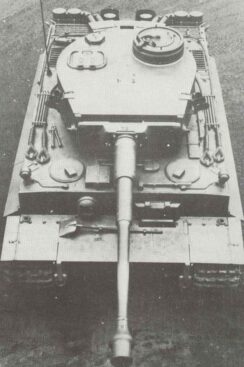
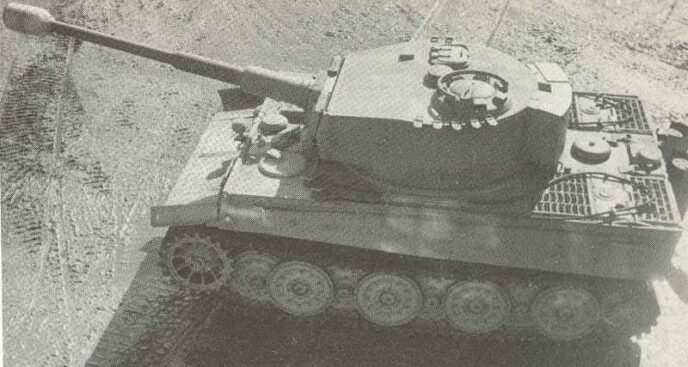
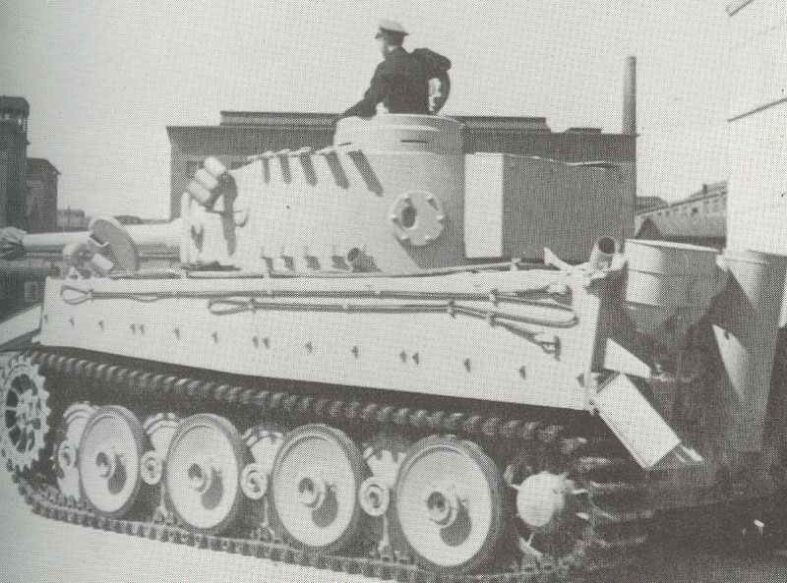
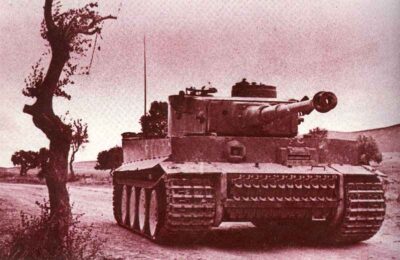
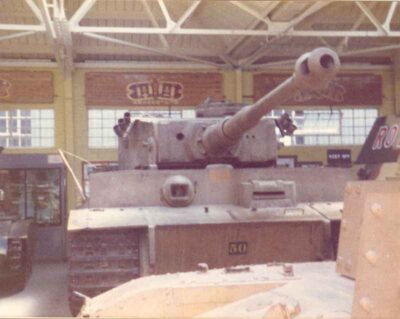
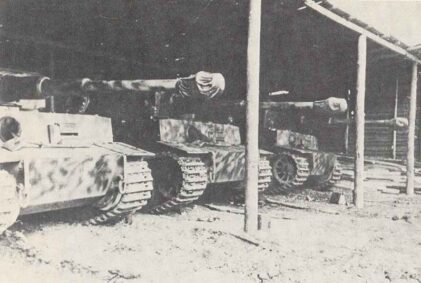
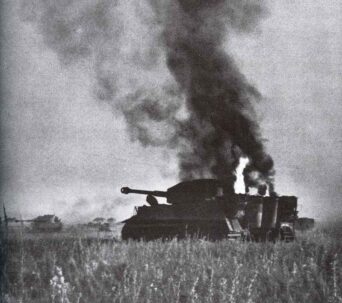
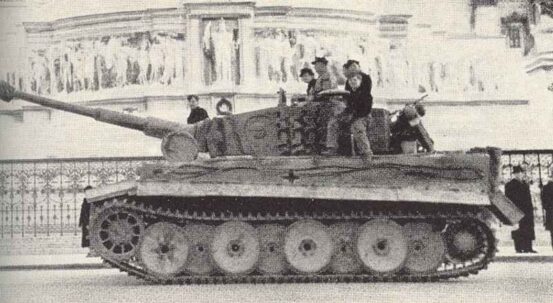
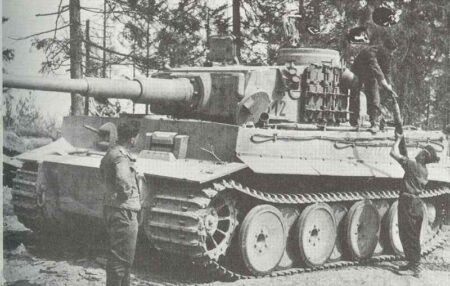
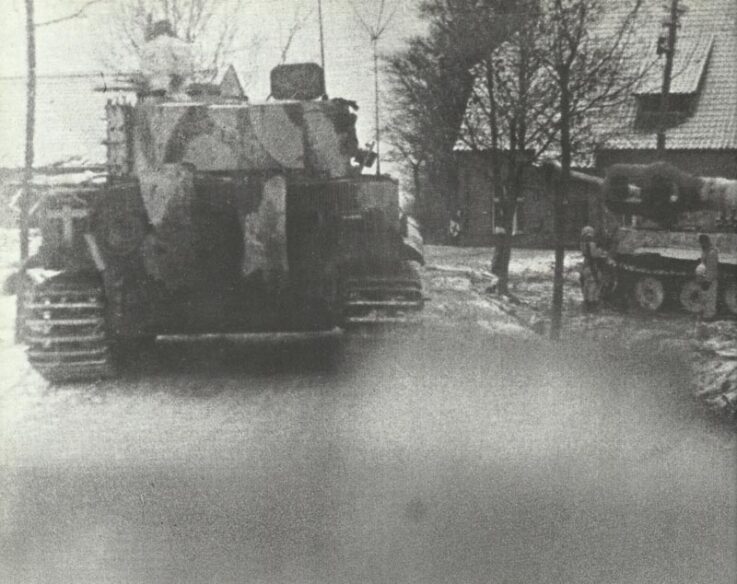
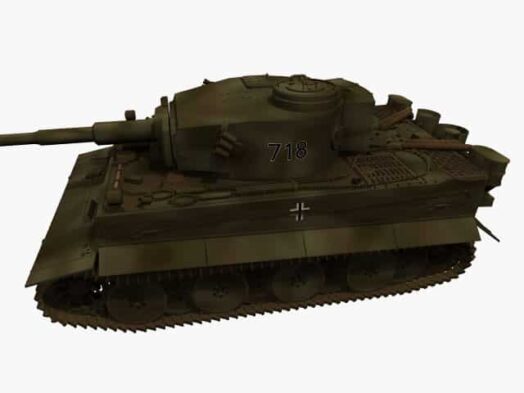
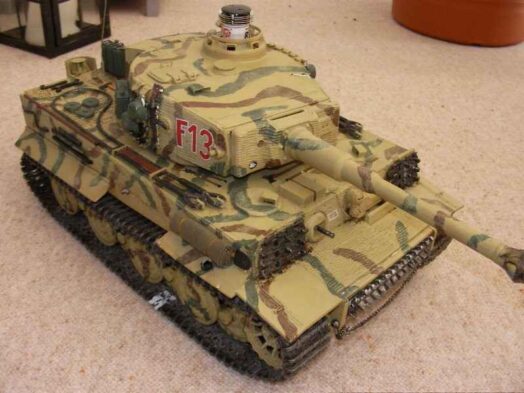
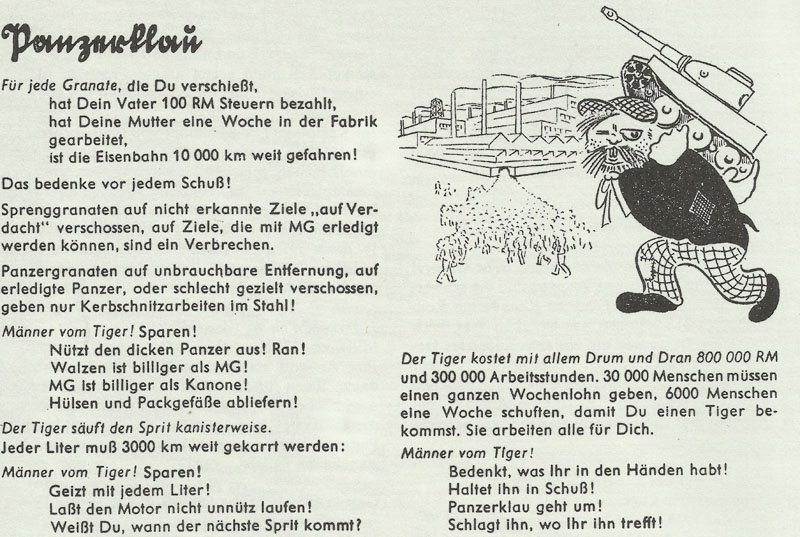
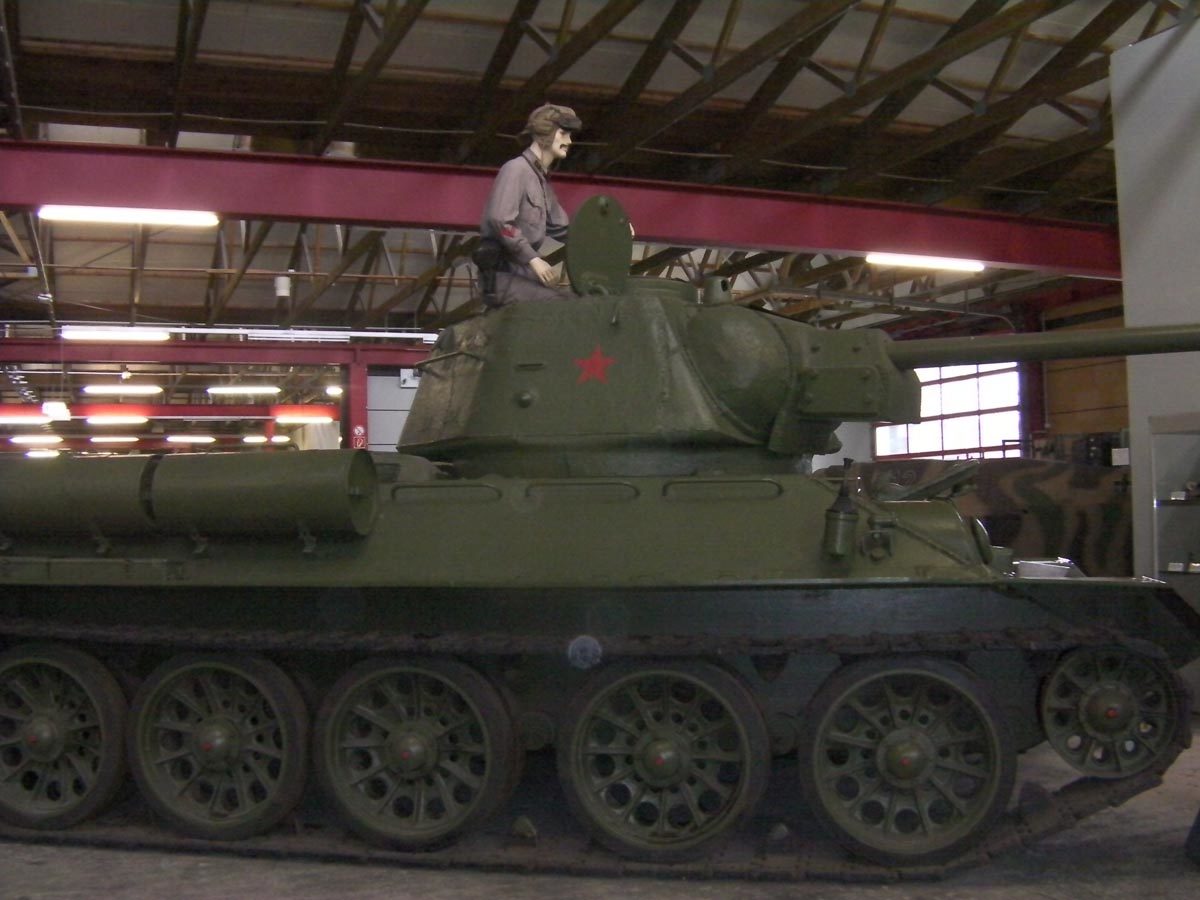

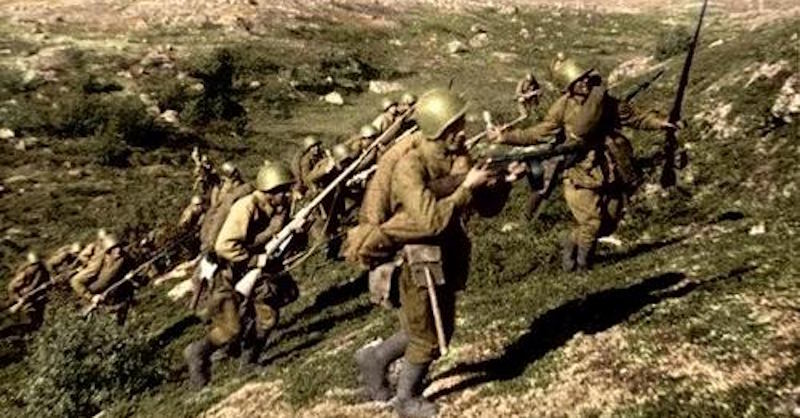
I’m looking for some pictures of Tiger I ammo and how many types were carried on a Tiger tank? I’m planning to build a 1/35 scale model of a Tiger tank so I would like to have accurate looking rounds for the model.
In the sources on the bottom of the page are some good books about, if you can’t find the information anywhere else.
IF Hitler had been more patient and less cocky, the war could have turned out very differently. As it was, Germany managed to turn most of the world against them and no amount of wonder-weapons or dedicated tough soldiery could save them.. More time and preparation and some diplomacy could have made all the difference between “final victory” and total, ignominious defeat. Now, Germany is half the country it was before ww1… Just sayin, not trying to “refight” that war!
The Tiger series is one of the best tanks to come down the line in terms of firepower and armor .. German manufacturing was simply unable to supply the numbers and replacement parts needed.